It is my great pleasure to bring you news of the Mara from the Mara this week. I’ve spent a great deal of time with the team here in the Photographic Studio since arriving last Saturday to bring you this latest instalment of TWAA.
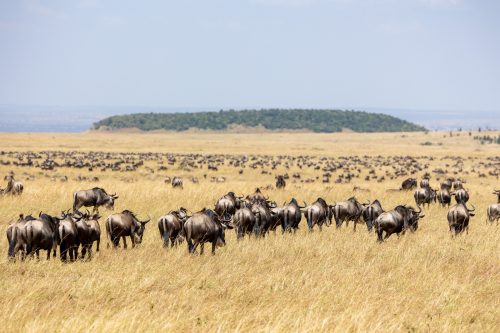

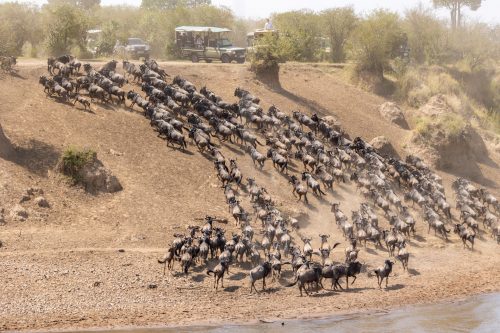
For weeks now, we have been speaking about the comings and goings of the Great Migration. I thought I knew every angle and side of it thanks to the countless photographs taken by the team in the Studio. However, when I saw the mega herds of the Migration for the first time on Tuesday, I was shocked. Not by seeing thousands of animals together in one space (although, that was, indeed, shocking). No, the most shocking thing was that it made perfect sense that they would be there. They belonged; the landscape held its own against the millions of unyielding hooves and hungry mouths.
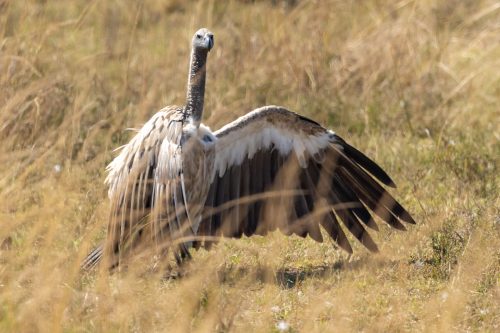
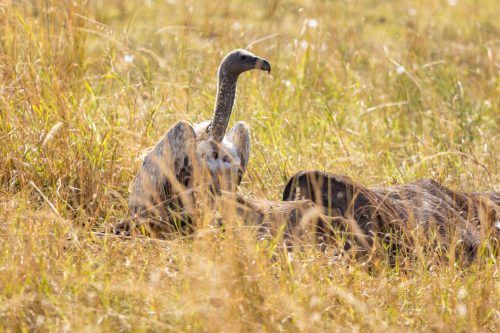
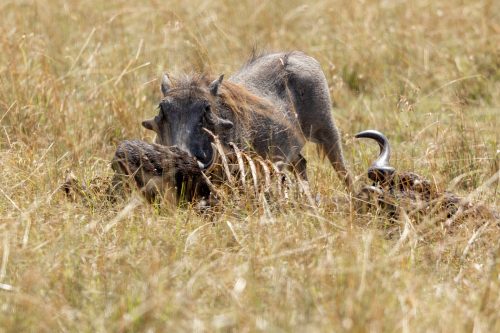
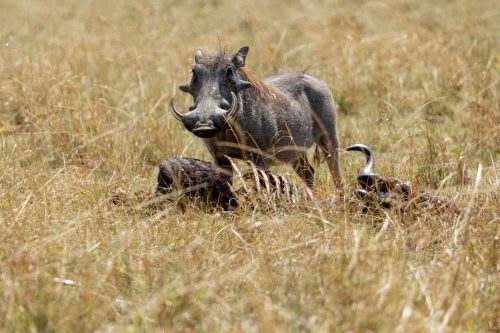
Where the Migration goes, death follows. Often, your nose is a keener indicator of where the herds have passed; you can trace their course by the scent of the ones left behind. This means a smorgasbord for vultures and other scavengers — none more surprising than the warthog. Sammy, with great confusion, captured this warthog scavenging from a wildebeest carcass. After much consultation with the guiding team, he explained that warthogs will sometimes scavenge the undigested food from the belly of a fellow grazer. Charming, no?
In addition to the warthogs, lots of 'spots' are taking full advantage of the food boom, so much so that we saw seven cheetahs in one day. Granted, four of them were Risasi’s darling cubs happily munching away on a Thomson’s gazelle when we found them. The other two were Ruka and Rafiki who we discovered early in the morning looking very interested in something just over the hill. It turned out to be a sneaky hyena they were not pleased to see. Witnessing these two brothers in all their slinky glory is a sight to behold.
Not to mention the leopards — we have had some fantastic sightings of them this week. First, was the beautiful Salt Lick Female's cub who lounged comfortably in a fig tree overlooking a small stream. It looked exceptionally peaceful until a hulking herd of wildebeest came trundling along almost right underneath her. She lifted her head and moved a little but was too full and sleepy to be bothered to hunt again. We left her to slumber in the company of 1 000+ wildebeest.
A call on the radio sent us hurtling towards a place named Maji Machafu to try and see the elusive Shujaa, whom we haven't seen since January. We were delighted to see him going about his business, marking his territory rather close to some sleepy lions for comfort. We didn't get a proper look at the lions but we think they could be the Inselberg males. When we got back to the Studio, Robert carefully examined previous photographs of the different male leopards in the Studio and discovered that it was not Shujaa after all, but rather the Salt Lick male. Our guides have reported seeing Shujaa recently, but he remains a mystery to us.
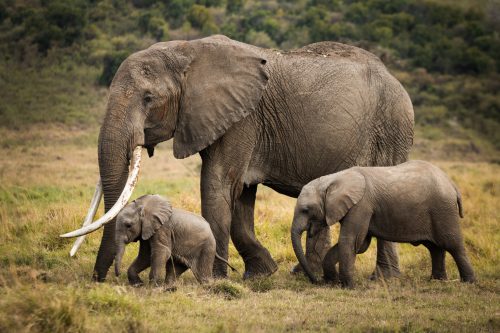
This time last year, we were introduced to Milly, the longest-tusked matriarch of the Maasai Mara, and her happy family.
Filed under: This Week at Angama
Subscribe for Weekly Stories
Comments (0):
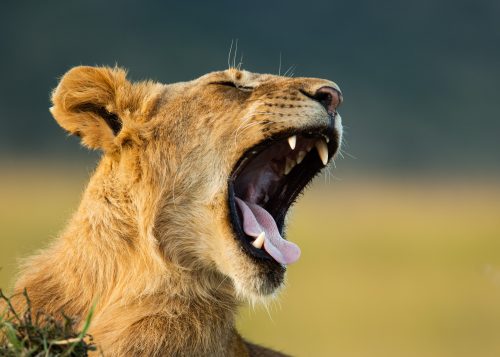
Angama Safari Offers